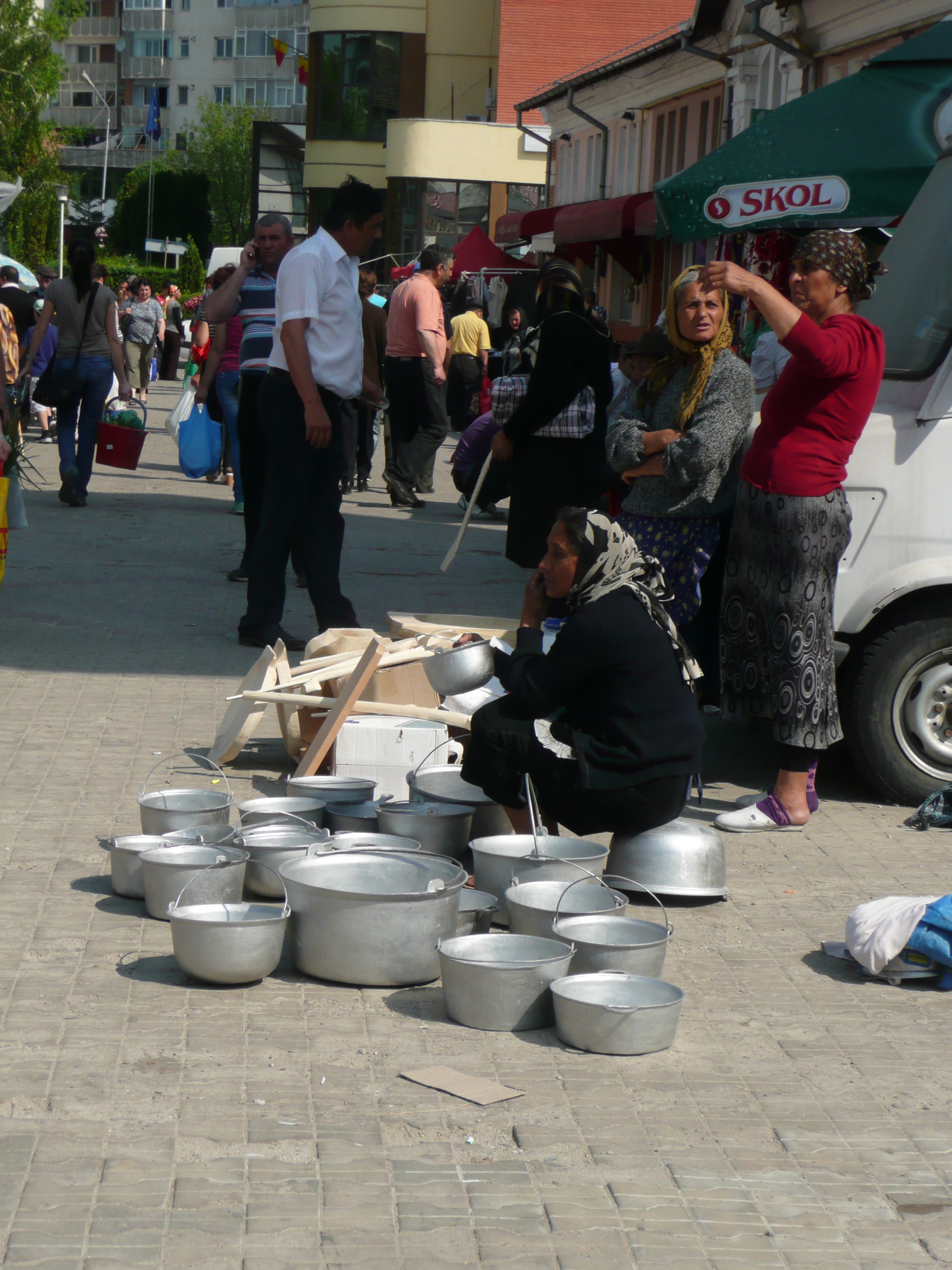
The first arrival of Roma Muslims on the Balkans is connected to the Ottoman invasion and the establishment of the Ottoman Empire in the region during the 14th and 15th century. Some of the Roma Muslims were directly involved in the conquest by participating in auxiliary army units or as craftsmen serving the army. At that time there was already a Roma population on the Balkans who had settled there earlier. The Ottoman Empire dominated the Balkans for five centuries and made a distinct impression on the culture and history of the region. Based on the information from the corpus of law and regulations relating to the population in the province of Rumelia, covering most of the Balkans, from 1475, it is clear that all Roma, whether Muslim or Christian, paid poll tax, only payable by non-Muslims, with some tax benefits for Roma Muslims. Approximately 66,000 “Gypsies” lived in Rumelia then, the majority (47,000) Christians. The Ottoman Empire promoted the adoption of Islam by Roma, mostly through tax benefits, but they were never accepted as “true Muslims”. The ratio between Roma Muslims and Roma Christians continually changed until the balance had radically changed in the course of the 19th century with a ratio of Christian to Muslim as 1:3 or 1:4. The establishment of ethnic-linguistic nation states on the Balkans in the 19th century radically changed the public status and the position of the “Turkish Gypsies”. As a result of this process, complex and heterogeneous communities of Muslim Roma had developed in the Balkans by the second half of the 20th century.
In Bulgaria the “Turkish Gypsies” are the most numerous and heterogeneous Roma community. Some of the groups living in eastern Bulgaria have preserved their Roma language, but large communities have lost their own language and speak exclusively Turkish and demonstrate a Turkish ethnic identity. The majority of Roma Muslims in the northern region of Romania are Turkish-speaking and have a preferred Turkish identity, too. Most of them are tied to local Turkish or Turkish-Tatar social and political organisations. After the creation of the Serbian state in 1817, a large part of the Muslim Roma population left the country while the rest gradually converted to orthodox Christianity and lost their characteristics as “Turkish Gypsies”. Since 1887with the accession of the Sandzhak of Nish to Serbia the Serbian state tried to force “Gypsies” there to accept Orthodoxy, but with limited success. Today most of the Roma in the region of south-eastern Serbia are still Muslims. The vast majority of Roma living in what is today’s Kosovo are Muslims as well. Many fled to Serbia and Western Europe and have a Roma identity nowadays. In Bosnia and Herzegovina part of the Muslim Roma lost their group identity long ago, and now identify themselves as Roma, too. After World War II many Muslim Roma, mainly from Kosovo, moved to other Yugoslav federal republics, especially to Croatia. From the 1960s to the 1970s migrations of Roma Muslims were part of the overall process of labour mobilisation of former Yugoslavian citizens who worked in Western Europe, mainly in Germany and Austria, where some of them settled permanently. The migration of Roma Muslims to the West increased sharply after the collapse of Yugoslavia and the subsequent wars and ethnic cleansing on the Balkans and thus widened the circle of countries where Muslim Roma settled: from Italy, to Belgium and the Netherlands. Large parts of Muslim Roma from Kosovo settled in Serbia including Vojvodina.
The processes of identity change from a Roma identity to a Turkish one among a large part of the Roma Muslims has continued for centuries. Yet the process remains incomplete as the Roma Muslims despite their willingness have failed to assimilate into the Turkish community due to the rejection of the Turkish community itself. A new situation arose in the Balkans in the 1990s with the transition to democracy and market economy. On the one hand, Turkish satellite television broadcasting entered Roma homes and so the usage of the Turkish language and Turkish as the preferred identity was strengthened. On the other hand, foreign aid, Roma NGOs, numerous Roma projects and a rapidly growing Roma evangelical movement have tried to boost the Roma identity. Under this influence large parts of the Roma Muslims returned to their Roma identity and some even recovered their Romani language, mainly under the influence of evangelical gospel hymns and sermons in Romani. Mass migrations and refugee waves of Muslim Roma from the Western Balkans to Western Europe created a new phenomenon whose overall dimensions for the Muslim Roma communities are yet unclear. There are trends visible towards the formation of new individual Muslim Roma communities in Western Europe.
Literature:
Inalcik, Halil ed., An Economic and Social History of the Ottoman Empire 1300-1914, CUP 1995
Marushiakova, Elena & Popov, Veselin, Roma Muslim in the Balkans, Council of Europe & University of Graz
